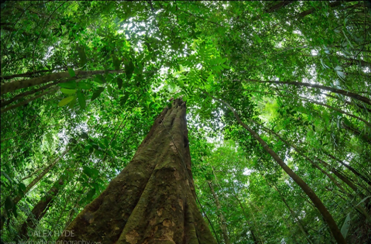A lot of us nowadays haven’t touched the issue on climate change. Many are paying close attention to industrialization in relation to lucrative changes for the betterment of society. But time will come that mother earth will have its day of reckoning. She will get back on each of us. We have to be remembered that industrialization is as fast as a lightning. The rapid growth of technology as a way to forget the benefit of nature is slowly conquering eco-friendly system. While we still have time, we need to have a balance between industrialization and sustainable development.
But the truth of the matter is, people will not even bother to know more about it. Many will just say that it is a system of recycling. They are wrong. Recycling is just a piece of the pie. There is more to eco-friendly system in sustainable development. But hey, don’t get me wrong here. I am not telling you to turn your back on technological advancements and focus your sight in nature and its benefits alone. What I am saying is that we have to make a balance between two forces so that mother earth will sustain its life. Remember, we only have one home, and that is our planet.
The first issue that one can face is the fact of price. Is it wallet-friendly? Mind you, it is! It is way cost-efficient as compared to the other force. As a citizen, there is nothing better than starting with your home. What can be recycled should be used to optimize its purpose. So, there you go; the bottom line is you do not need substantial amount of money to activate eco-friendly system.
From the recycling of jars, cans to composting your leftover food and planting your own vegetable at home, I bet you there is more to that. In terms of redesigning or remodeling your home, you can use old hardwood floors for rustic designs. Now, tell me, how pricey it is? Just always remember that there is more to life. There is more than meets the eye. Just look around you and you will surely contribute to eco-friendly system. There are a lot of things that you can do without spending a lot of money. For example, if you have a backyard, you can plant your own vegetables. If you have not, then there is a system where you can plant on pots. See, being “green” is not bad at all. Another one that can be productively applied is water recycling. With a win-win situation, you can save right amount of money and you can help conserve water.
At the end of the day, you will realize that being an eco-friendly is wallet friendly as well. No amount of money can be measured if one can simply contribute to perpetuate the life of the mother earth and sustain the generation of today and tomorrow. True enough being eco-friendly is truly friendly, in nature, and in your wallet.



















